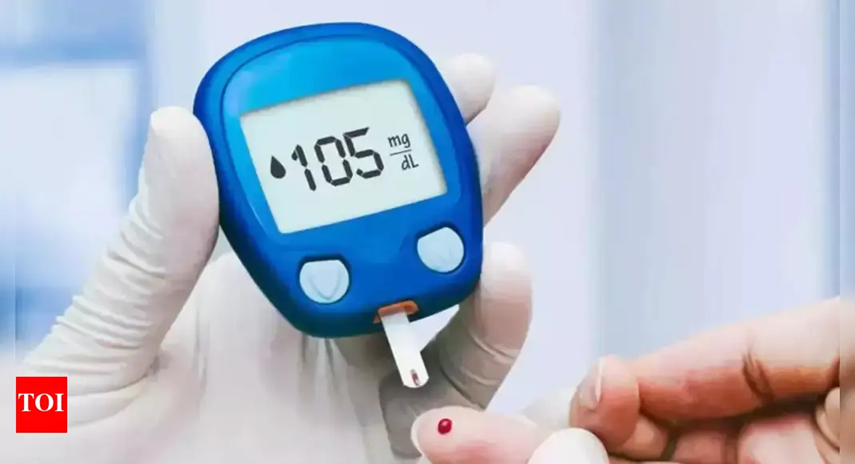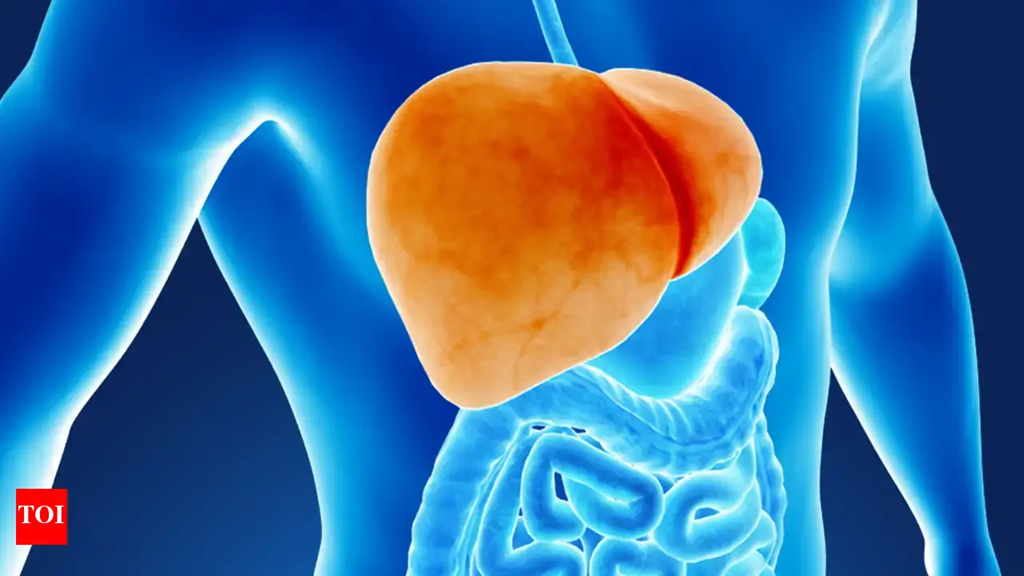Patients with type 2 diabetes (T2D) who utilized digital therapeutics were able to improve their blood sugar control, regardless of race or ethnicity, according to a recent study in JMIR Diabetes.1 Plus, a separate study in Applied Science found that digital therapeutics significantly reduced hemoglobin A1c (HbA1c) and fasting blood glucose (FBG) levels in those with T2D.2
“Several studies have demonstrated the role of digital technology, such as digital therapeutic platforms, telehomecare systems, digitally enhanced diabetes self-management, education and support programs, as well as smartphone-based integrated online real-time diabetes care systems, for the effective management of T2DM without requiring escalation of existing medication,” the authors wrote in JMIR Diabetes.
As a mostly remote intervention form, digital therapeutics “may not be as impactful as in-person counseling and follow-ups, but they have the advantage of ease of communication, anytime-anywhere accessibility, and availability of information,” JMIR Diabetes said.
The study analyzed the results of 128 Indian patients who utilized a digital therapeutic app that connected patients with doctors and could also connect with Bluetooth-enabled devices or fitness apps.
According to the study, digital therapeutics as an adjunct therapy to conventional medications reduced HbA1c for 76.6% of participants, mean FBG by 8.39 mg/dL, and mean postprandial blood glucose (PPBG) levels by 14.97 mg/dL in Indian patients with T2DM.
Another notable outcome was that 88.3% of participants reported a positive impact of the intervention program on their self-management of diabetes. And a majority (95.3%) of the participants found a positive impact of the reminders and nudges in improving their overall adherence to the diabetes treatment.
“Lifestyle modification through digital therapeutics resulted in a decrease in HbA1c, thereby bringing diabetes under control,” the authors concluded.
In the study published in Applied Science, researchers followed a group of 1000 people with T2D who used the Dario digital therapeutic platform over 12 months. Participants had a blood glucose average greater than 180 mg/dL in their first month, representing that they were at high risk of hyperglycemia.
Average blood glucose levels were significantly reduced in each group, regardless of race or ethnicity. The blood glucose average across all users decreased by 14%. It decreased by 14% in White people and by 15% in racial and ethnic minority groups.
“Our findings strengthen the observation that a higher level of user engagement, reflected by a monthly number of measurements and active months, is associated with a reduction in blood glucose levels in the tested timeframe,” the authors wrote.
The association between engagement factors and glycemic outcomes in underserved populations highlights “the importance of future research exploring how habits change over time and the unique needs of varied diverse populations,” they added.
Future research should also focus on disparities in various aspects of living with diabetes and investigating actionable digital strategies that promote in-range glycemia, reduce hyperglycemia, and encourage diabetes self-management engagement by comparing results for diabetes care, technology use, and outcomes among different populations along expanded periods of time, the researchers wrote.
References
1. Chawla R, Jaggi S, Gupta A, Bantwal G, Patil S. Clinical utility of a digital therapeutic intervention in Indian patients with type 2 diabetes mellitus: 12-week prospective single-arm intervention study. JMIR Diabetes. 2022;7(4):e41401. doi:10.2196/4140
2. Gershoni T, Ritholz MD, Horwitz DL, Manejwala O, Donaldson-Pitter T, Fundoiano-Hershcovitz Y. Glycemic management by a digital therapeutic platform across racial/ethnic groups: a retrospective cohort study. Appl Sci. December 29, 2022. Accessed February 9, 2022. doi:10.3390/app13010431










![Best Weight Loss Supplements [2022-23] New Reports!](https://technologytangle.com/wp-content/uploads/2022/12/p1-1170962-1670840878.png)




